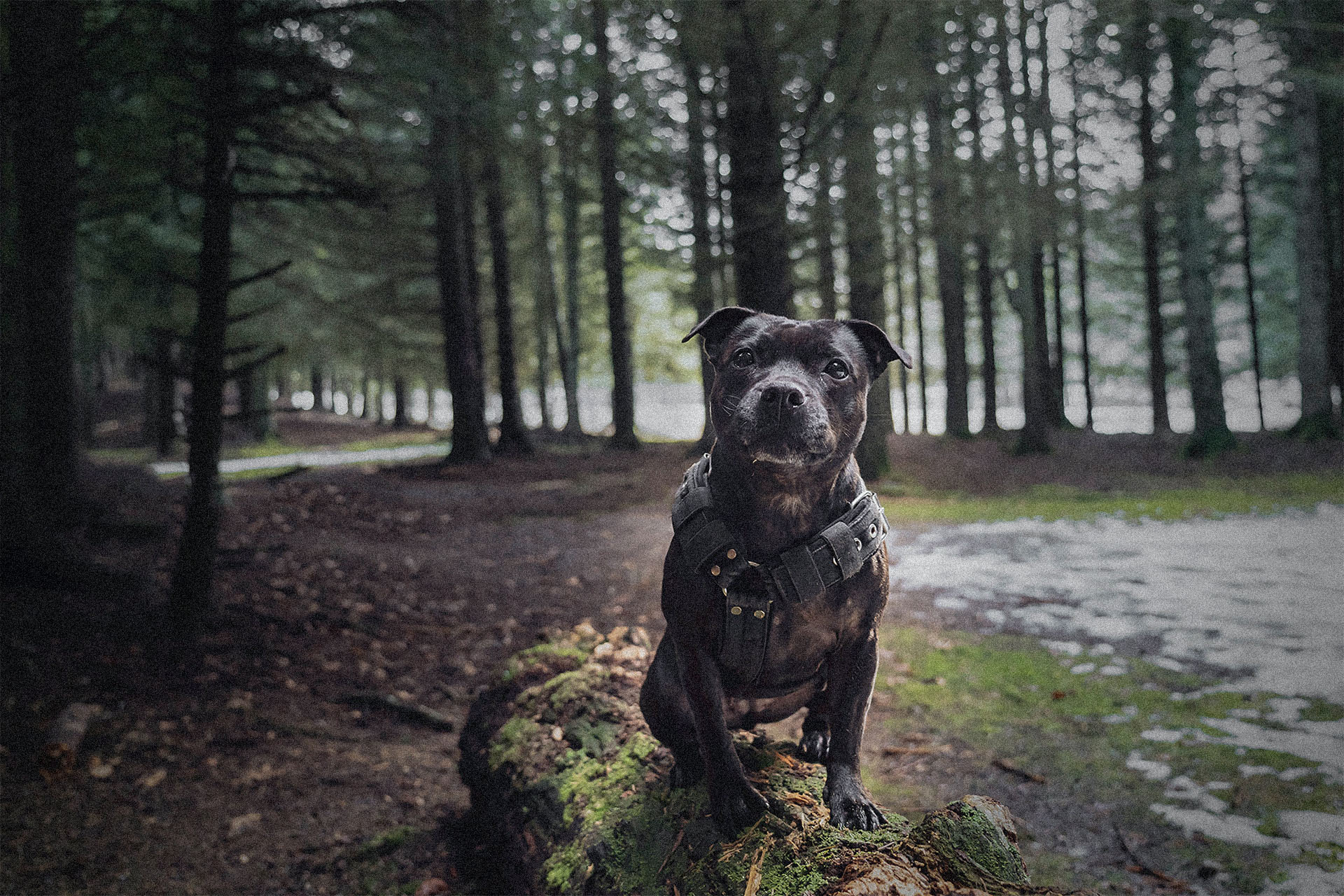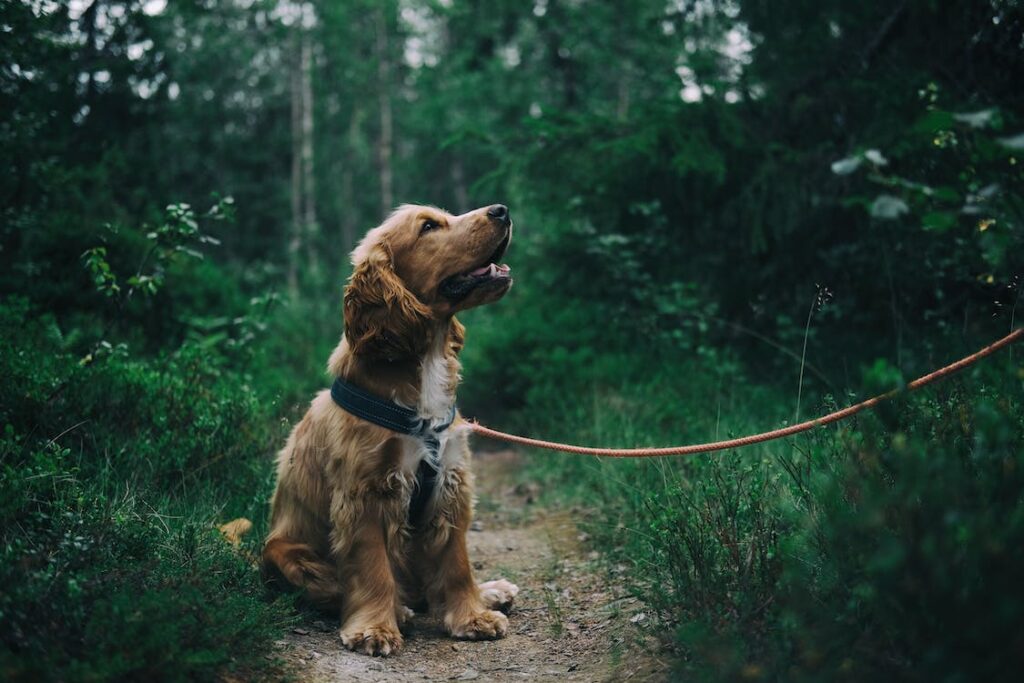How Do I Stop My Dog From Pulling On Leash?
SHARE
Leash Manners are an essential part of dog training because it ensures the safety of you, your dog and the humans and dogs around them. A dog that pulls or lunges on a leash can be difficult to control and may pose a danger to themselves and others. Proper leash manners also help to prevent your dog from getting loose and potentially getting lost or injured. Additionally, a dog that has good leash manners is more enjoyable to walk and can be taken to more places, such as busier outdoor areas or dog-friendly businesses. Training a dog to have good leash manners can also improve the bond and communication between the you and your dog.
Why are leash manners important?
The biggest reason your dog needs leash manners is for their safety and the safety of others. Dogs aren’t born understanding what leash pressure means, that is something we have to teach them. We, as dog owners, need to guide our dogs to understanding what a nice walk looks like. This includes not rushing other dogs or humans during the walk.
Leash manners are important for several reasons:
- Safety: A dog that pulls or lunges on a leash can be difficult to control, posing a danger to themselves and others. This can prompt bad interactions with other dogs or can put dogs in unsafe situations. Having good leash manners ensures the safety of both the dog and the people around them.
- Control: A dog that has good leash manners is easier to control, making it less likely for them to get loose and potentially get lost or injured.
- Enjoyment: Want to take your dog to a patio or on a walk down a busy street? A dog that has good leash manners is more enjoyable to walk and can be taken to more places. This not only reduces stress on you, but also your dog, making the trip more fun for both of you.
- Bonding: Training a dog to have good leash manners can improve the bond and communication between the owner and the dog.
- Public image: A well-behaved dog on a leash reflects positively on the dog owner and the dog breed, it’s an important representation of responsible pet ownership. This is something Trunks and I personally deal with often!
- Legal compliance: Many areas have leash laws that require dogs to be on a leash in certain places, good leash manners help to comply with such laws. No need to come home with a nasty ticket.
“Dogs aren’t born understanding what leash pressure means, that is something we have to teach them.”
What tools should I use to teach leash manners?
- Leash: A sturdy, comfortable leash that is appropriate for the size of your dog is essential for safe and enjoyable walks. Look for a leash that is made of durable material and has a sturdy clip. Avoid Flexi Leads and Long Lines when going for a walk in busier areas.
- Training Tool: Harness, Martingale collars, slip lead, nose lead, etc.
- Collar: A collar is necessary for holding identification tags, license, and microchip information.
- Poop bags: Carrying poop bags is a must for responsible dog owners, it will help to keep the environment clean and hygienic.
- Treat bag: You can carry some treats in a small bag or pocket, to reward your dog for good behavior during the walk. Always reward check ins and loose leash walking.
- Water bottles/bowls: Bring enough water for your dog to drink during the walk, especially on hot days.
- Reflective gear: Reflective gear such as collars, harnesses, or vests can be helpful for visibility during nighttime walks.
- First-aid kit: A small first-aid kit can be helpful for minor injuries or accidents that may occur during a walk. I always carry one in my car just in case.
- Other training tools: clickers are a marker tool, not a must but can be easier to consistently mark the wanted behaviors. Verbal markers work too! A tug toy or ball can be a great way to introduce play into your training regiment, making work more fun for your dog.
How do I train loose leash manners?
- Start with the basics: Condition your marker, build engagement, leash pressure exercises and apply your basic obedience to your walks. This will help to establish a foundation of obedience and focus on the walk.
- Use positive reinforcement: Reward your dog with treats, praise, and/or calm affection for walking calmly on a leash. This will encourage them to continue the behavior.
- Training tool(s): Depending on your dog and you, the training tool could be a slip lead, a nose lead, a harness, prong collar, martingale collar, etc. If you’re unsure about what tool would work for you and your dog speak with a professional. There’s so many different opinions on tools. The tool doesn’t train your dog, it’s an aid to help your training method.
- Use a shorter leash: A shorter leash will give you more control over your dog and keep them from running onto the road or getting into trouble on the sidewalk.
- Keep in motion: Back pedaling is a great way to teach your dog to keep a loose leash, marking and rewarding at your side each time they line up with you. Leash pressure is important to teach first.
- Side step: If your dog starts to pull, the side step can help bring them closer. This will disrupt their pulling and cause them to focus on you again.
- Practice in different environments: Practice loose leash walking in different environments, such as parks, busy streets, and different terrains, so that your dog learns to walk calmly in any situation.
- Avoid leash greetings: Avoid leash greetings to dogs and other humans, especially if your dog gets too excited and rushes them. Training a “sit to greet” behavior will be beneficial here. Leash greetings can create frustration even if it’s excitement. By teaching neutrality you can ensure that these greetings don’t escalate to a negative interaction.
- Be consistent: Be consistent in your training and in enforcing the rules during walks.
- Keep it fun: Remember to keep the training fun for your dog and celebrate the wins, even the small ones!
- Seek professional help: If you are having trouble teaching your dog loose-leash manners, seek help from a professional dog trainer.

How Do I Socialize My Puppy?
